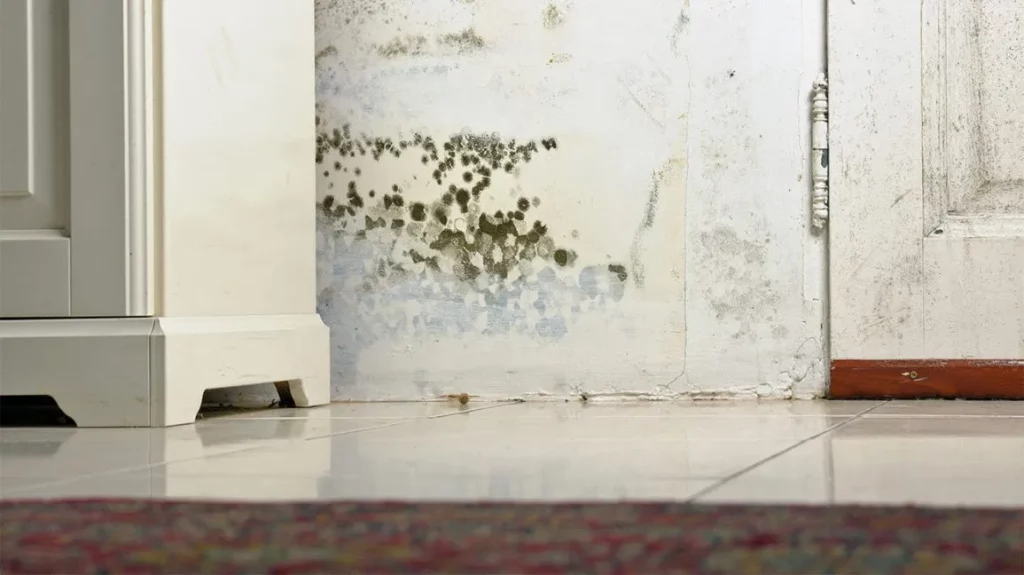MOLD. If you’re a homeowner or have chronic allergies or asthma, this is one four-letter phrase you don’t want to hear or deal with. However, unless you are proactive in your efforts to prevent mold out of your house, you may find yourself needing to remove mold at some time in your life. This is because mold may grow practically everywhere. In truth, most molds just require a small amount of moisture and oxygen to thrive.
Are you prepared to fight mold? Here are some typical sites where mold can grow, as well as some prevention techniques.
MOLD IN YOUR KITCHEN
Kitchens are one of the most likely sites for mold to grow since appliances and fixtures are frequently connected to water systems.
Under the sink – Mold forms frequently under the sink due to the pipes. It just takes one little, slow, and consistent leak to produce a problem. If you don’t utilize the area beneath the sink to keep stuff, you might not notice the water damage and probable mold development until it’s too late.
Near the refrigerator and dishwasher – Both of these gadgets need water. And where there is water, there is the possibility of a water leak.
Act quickly if you observe more water around these appliances. Putting it on a list to check out later is the worst thing you can do.
MOLD ON THE TOP AND BELOW
In the basement – Most people believe that basements should have a musty odor. Don’t be caught in this trap. If you suspect that your basement is a breeding ground for mold, you should have it checked out immediately since it poses a major health danger to everyone in the house.
In the attic – If you have an attic, it’s important to inspect it regularly. Storms can cause shingles to fall off, and rats can chew holes in them. Rainwater can enter through these apertures. A rainy spring may wreak havoc on an attic area and cause water damage if there isn’t sufficient ventilation or awareness of what’s going on.

MOLD IN YOUR BATHROOM
Beneath the cabinets – Check for leaks under the cabinets in your bathroom, just like you would in the kitchen.
Inside and outside the walls – The bathroom is always full of water and humidity due to how it is used regularly. If the bathtub overflows or the sprayer malfunctions, make sure to dry the affected areas as soon as possible. Turning on the air vent is also a good idea.
Don’t just Google it if you notice something strange or hear strange sounds. Engage the services of a plumber. Allowing a burst or damaged pipe to flood your walls and foundation is not a good idea.
HOW DO YOU PREVENT MOLD IN YOUR HOME?
A few regular actions can help prevent mold from forming in your home.
- Make sure your home is well ventilated.
- If feasible, turn on the air vents.
- Use a dehumidifier if necessary.
- Dry your home’s surfaces daily. (For example, stoves, countertops, and window sills.)
- Conduct regular leak checks. (Below sinks, around pipes, in the ceiling, and so on.)
- Make sure your gutters are clean and well-maintained.
Do not hesitate to bring in specialists for mold removal in the event of a flood or unintentional water damage. You may believe that wiping up surplus water and “drying” the area will solve the problem. But just because you can’t see something doesn’t mean it isn’t there. Water hidden beneath floors and behind walls can cause significant damage and cost a lot of money over time.
By taking steps to prevent mold growth, you may reduce the likelihood of serious mold damage in your house. However, there are some areas of your house that you may not be able to inspect or clean without expert assistance, such as your ventilation, chimney, and inner walls.






